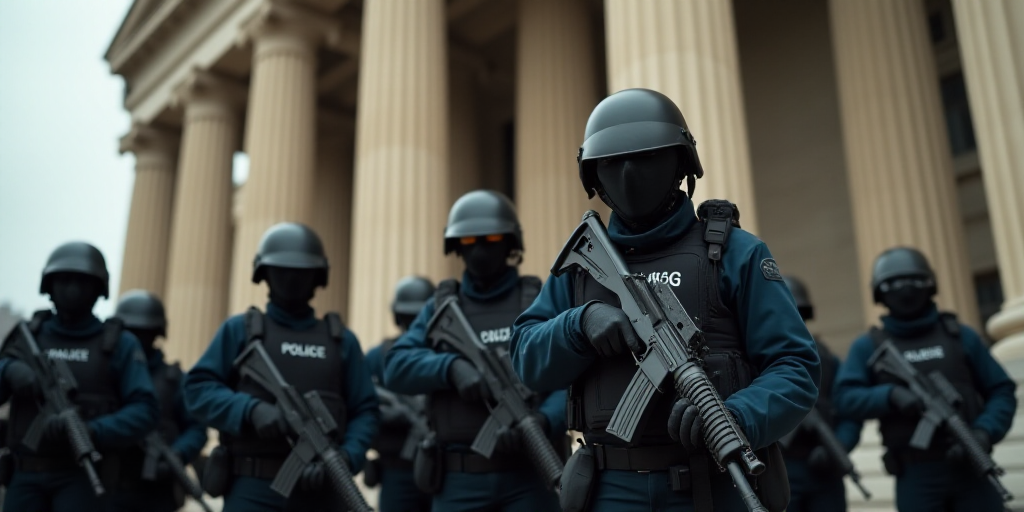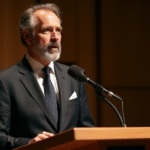1947: Partition and the Birth of Conflict
On August 15, 1947, the British Viceroy of India, Lord Louis Mountbatten, announced the end of two centuries of British rule in the Indian subcontinent. The region was divided into two states: India (majority Hindu) and Pakistan (majority Muslim). This partition led to nearly 15 million people migrating, with Muslims moving to Pakistan and Hindus and Sikhs moving to India. The partition also resulted in approximately one million deaths due to riots and massacres.
By the end of 1947, the first Indo-Pakistani war erupted over the control of Kashmir, a region annexed by India. The United Nations passed a resolution for a plebiscite on Kashmir’s self-determination, but India refused to hold it. On January 1, 1949, a ceasefire was reached along a 770 km “line of control,” dividing Kashmir into two parts: Pakistan controlled 37% (Azad Kashmir), while India controlled 63% (Jammu and Kashmir). Despite this agreement, both nations continue to claim sovereignty over the entire territory.
1965 and 1971: More Wars
In August-September 1965, the conflict resurfaced due to Pakistan-backed separatists infiltrating Indian Kashmir. This second Indo-Pakistani war resulted in thousands of deaths on both sides and ended with the mediation of the Soviet Union.
In early 1971, Pakistan sent troops to East Pakistan (now Bangladesh) to control a separatist movement. With India’s intervention, the conflict ended nine months later with Bangladesh’s independence.
1989: Separatist Uprising
By the end of 1989, insurgents demanding independence or annexation of Indian Kashmir to Pakistan initiated armed struggle against the Indian military. Thousands of Hindus fled the region.
Since then, India has accused Pakistan of financing and training insurgents who continue to fight around 500,000 Indian troops deployed in the region. The conflict has resulted in tens of thousands of deaths, including military personnel, rebels, and civilians.
1998-99: The Kargil Conflict
In 1999, India accused Pakistan of infiltrating Islamist fighters and Pakistani soldiers into Indian Kashmir to seize control of the Siachen Glacier, over 5,000 meters above sea level.
The resulting combat left more than a thousand dead, primarily in the Kargil region. On October 1, 2001, an attack on the Kashmiri regional assembly in Srinagar killed 38 people, with India blaming Pakistan. Relations between the two nations improved in 2003, despite ongoing guerrilla activity.
Terrorism and Tensions
In 2008, several jihadist attacks in Mumbai killed 166 people. India blamed Pakistan and suspended peace talks initiated four years prior.
Diplomatic relations resumed in 2011, and Indian Prime Minister Narendra Modi visited Pakistan in December 2015. In 2019, India bombed Pakistani territory following an attack that killed 40 of its paramilitaries in Pulwama, Indian-controlled Kashmir. Pakistan responded by shooting down an Indian aircraft.
Key Questions and Answers
- Who are India and Pakistan? India and Pakistan are neighboring nuclear-armed countries with a history of conflict since their partition in 1947.
- What is the main cause of conflict? The primary source of tension lies in their dispute over the Kashmir region, which both nations claim in its entirety.
- What are some significant events in their history?
- 1947: Partition and the first Indo-Pakistani war
- 1965 and 1971: Additional wars
- 1989: Insurgency in Kashmir
- 1998-99: The Kargil conflict
- 2008 and beyond: Terrorism, tensions, and military standoffs






